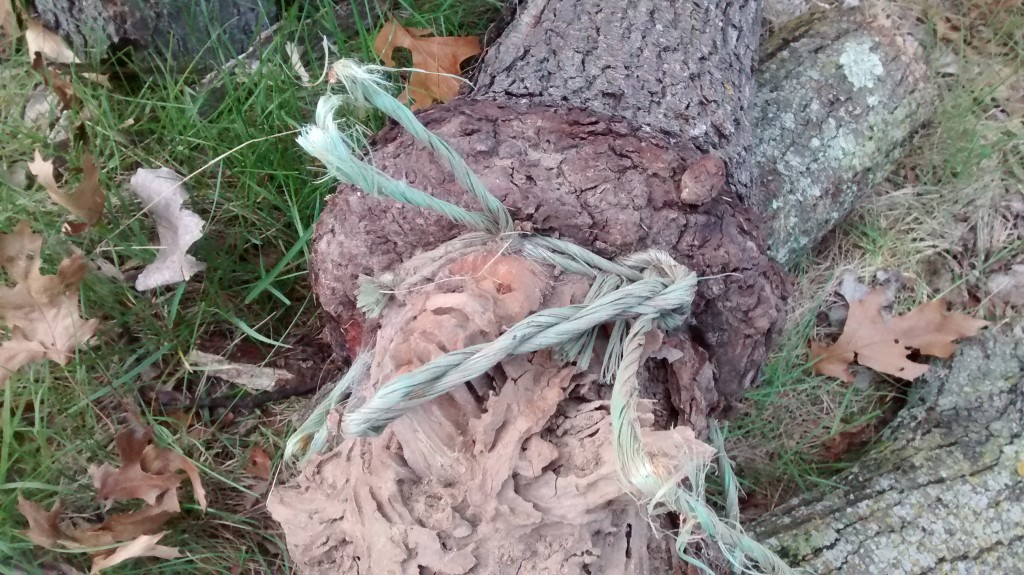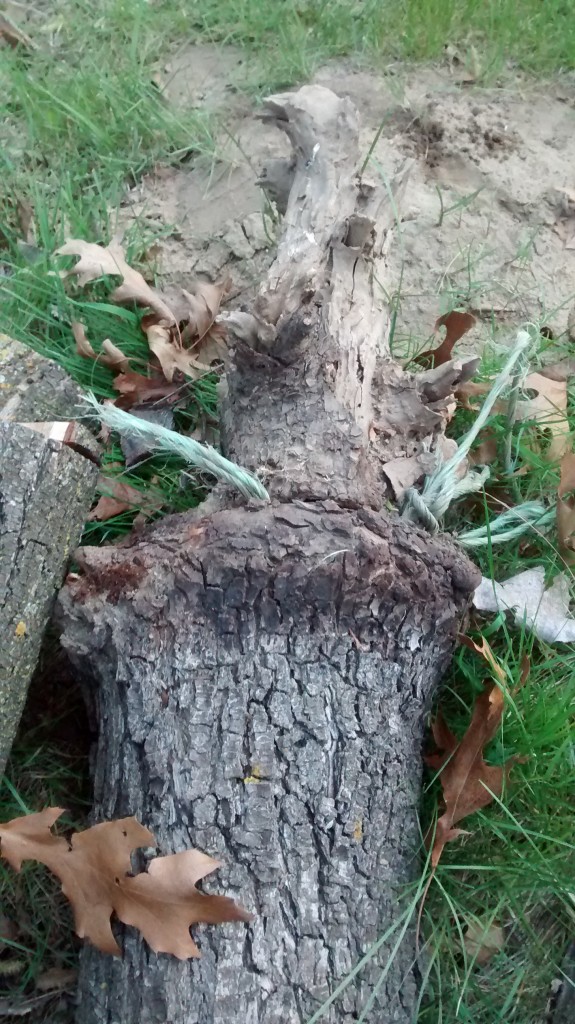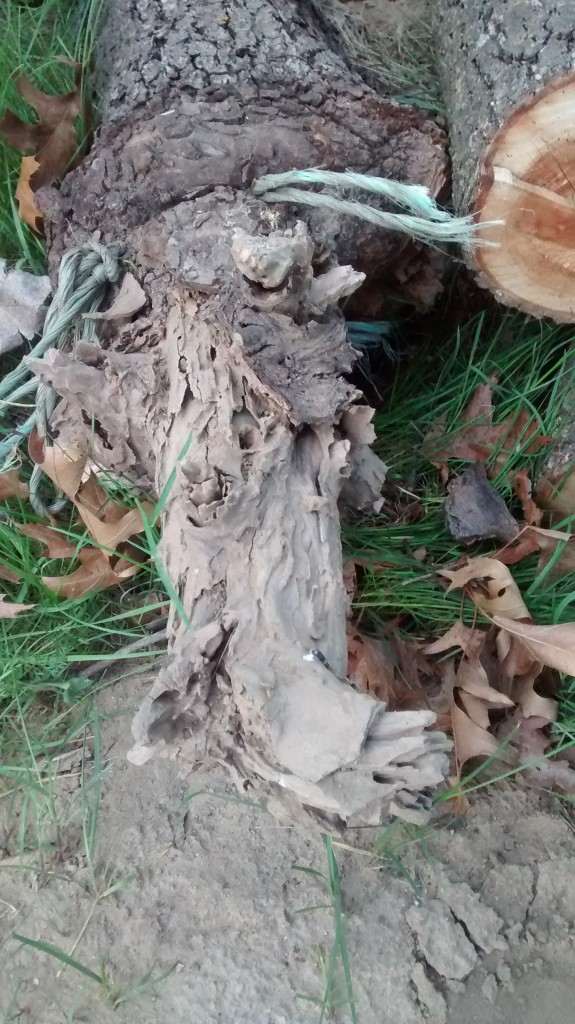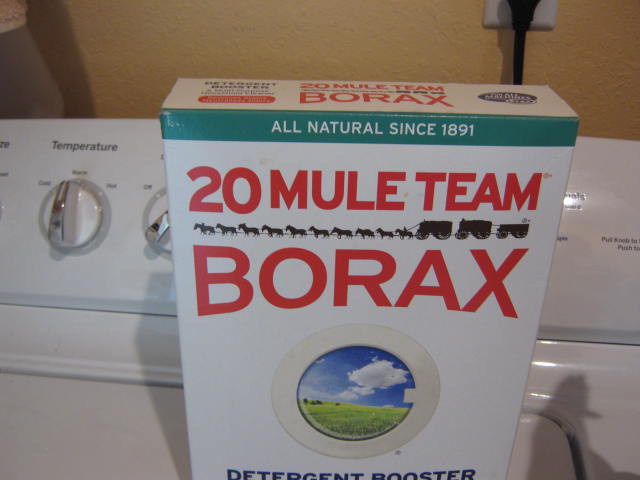The balled and burlapped method of planting trees is very popular because it allows nurseries to dig, move and sell larger specimens than if the trees were bare-root or potted. It also makes it easier for homeowners and landscapers to plant. In landscaping, like in any other business, time is money which is why it can be tempting for some to cut corners when planting trees.
The most common of these cost-cutting items is dropping a balled and burlappped tree into a hole, replacing the soil, then mulching the new tree. From the outside everything looks wonderful but not taking care of the burlap or twine can prove to be devastating to a tree.
Wire, burlap and twine does not decompose in the soil as readily as some landscapers would like you to believe. To keep roots growing to their full potential, wire must be cut and removed from the root ball. It will not “rust right away” as we are often told.
I had an experience many years ago when someone asked me to move a tree for them that was planted five or more years earlier. It was going to be a big job. When I uncovered the top layer of soil I discovered that the landscaper had left the wire basket on the rootball. It was a simple matter for me to hook a chain onto the wire basket and just lift the entire tree out of the hole with a front end loader on my tractor and carry it to its new location. The tree looked like it just came from the nursery. The wire was still sturdy and the burlap was sound with no roots growing through.
The twine tree growers use to tie the top of the burlap does not deteriorate very fast either and will eventually cause major damage to or even kill a tree if it is not removed. As the tree grows in diameter, the twine stays in place and acts as tourniquet strangling the tree. It may take many years for symptoms to show.
Finally, the burlap cloth itself should at least be slashed to allow roots a place to grow into the surrounding soil — removing it completely would be even better.
If you landscaper tries to tell you that that leaving twine and burlap on the trees is standard practice, don’t believe it and insist they do it right.
Bob



